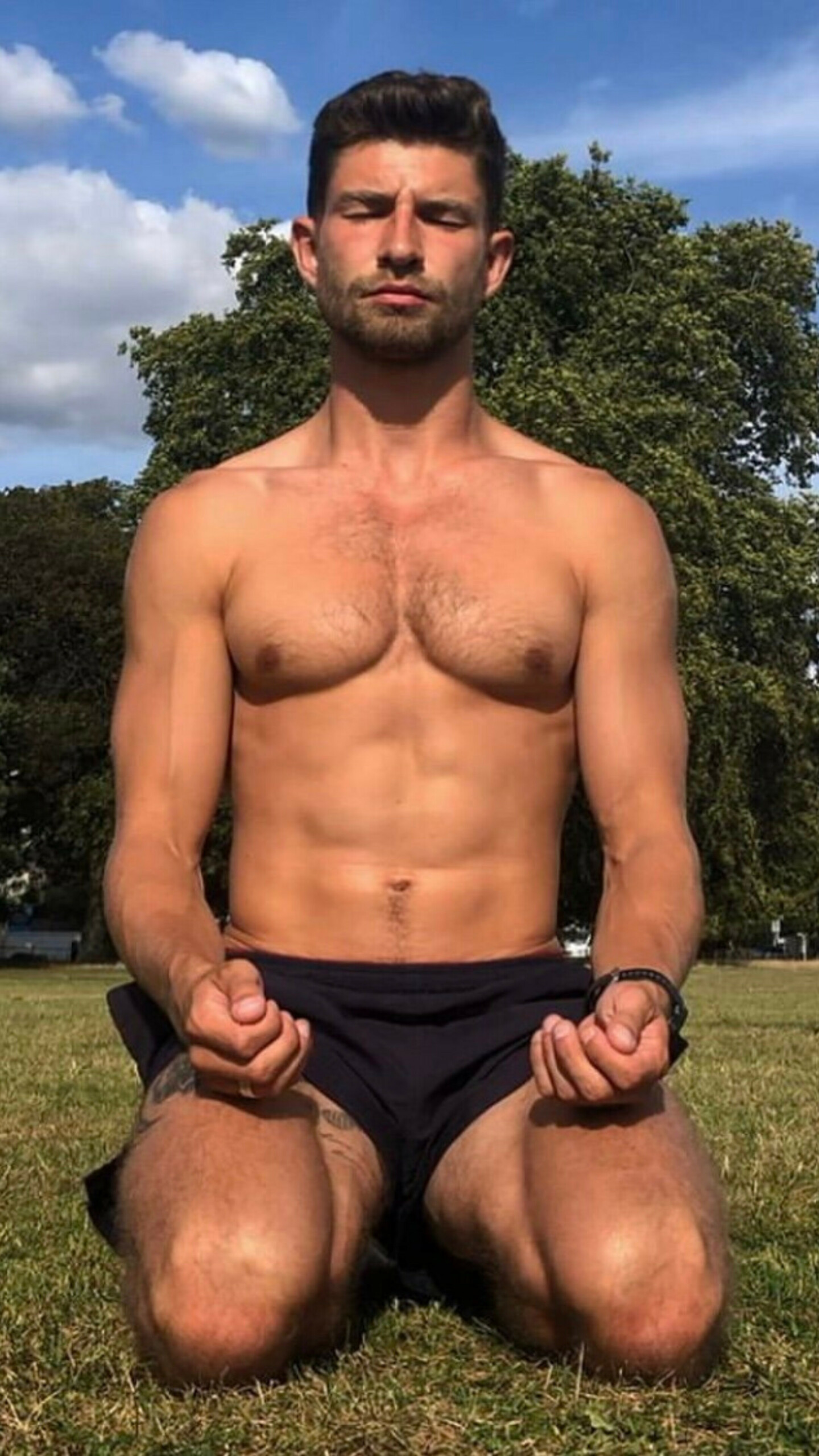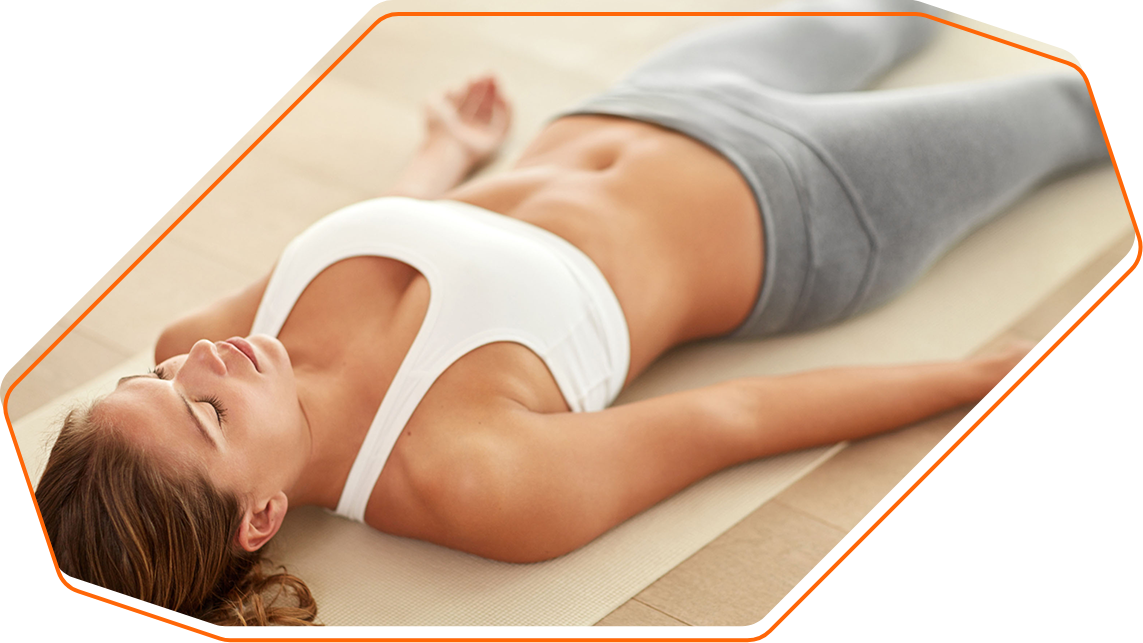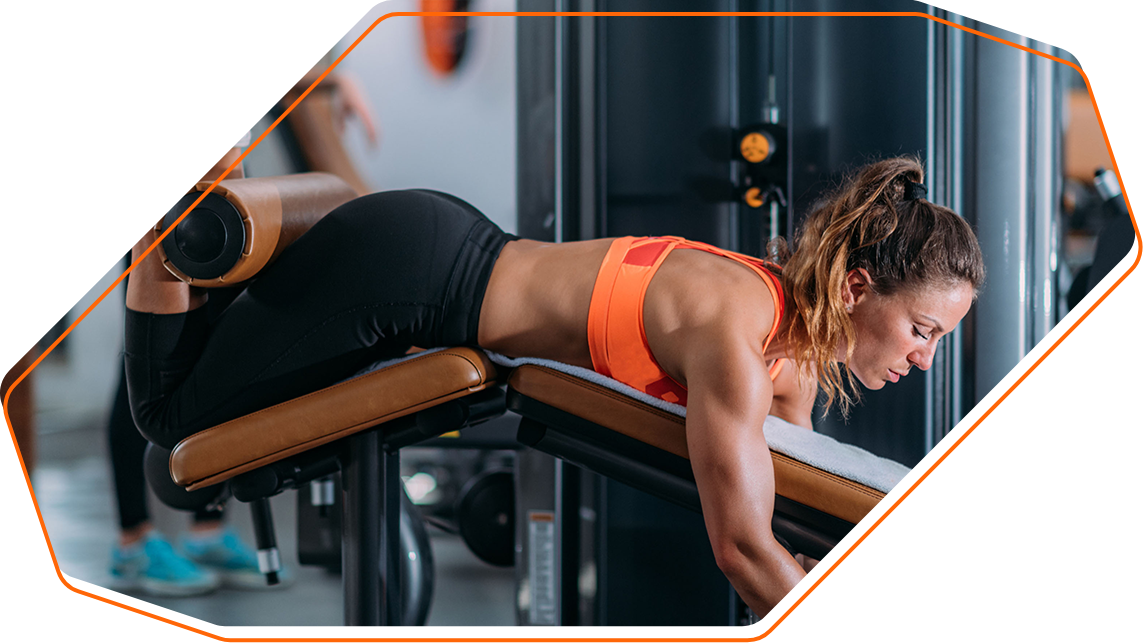BENEFITS OF BREATHWORK
Rory Warnock is a performance and wellness coach based in Sydney. As an Oxygen Advantage instructor, Rory specialises in utilising breathwork as a tool for performance, recovery and wellbeing. As a protocol we use across MBP programming for the same intent, we asked Rory to share more about the areas of breathwork practice and the subsequent benefits.
“Breathing is a missing pillar of health, and our attention to it is long overdue”
– James Nestor (Author of ‘Breath’)
I’m really unsure why it’s so overlooked, maybe because it’s an unconscious action we do over 20,000 times per day. However, we know through scientific research, various practices and techniques can alter our physical, mental and emotional state. Whether you’re looking to improve athletic performance to become a more efficient marathon runner or reduce stress and improve focus to be more effective in the workplace, there will be a technique for you.
—
In this short write up, I’ll provide you with a few bite-sized nuggets of gold in 4 key breathwork areas:
1) Functional Breathing Pattern
2) Mouth v Nose
3) Breathing When Exercising
4) Changing State
Breathing is absolutely essential to life. We breathe, we live, we stop breathing, we die. However, understanding functional v dysfunctional breathing can have a massive impact on day-to-day health. When I refer to FBP, I’m focusing on the biomechanics (diaphragm and rib movement) and biochemistry (O2 & CO2) of respiration. For optimal gas exchange to take place, light, slow and deep (LSD), breathing is optimal!
1) Bring oxygen into the lungs
2) Transport oxygen from lungs to bloodstream
3) Transport oxygen from bloodstream to working cells & tissues
We want to avoid dysfunctional breathing traits. This includes:
1) Over breathing
2) Mouth breathing
3) Upper chest
4) Short and shallow
5) Hearing breathing
6) Frequent sighing
Yes, it makes a HUGE difference! As the oxygen is inhaled through the nose, it’s filtered, humidified, warmed and slowed. Nitric oxide, a vasodilator, is picked up in the nasal cavity which re-distributes blood throughout the lungs. Not to mention the nose being our first line of defence against airborne pathogens along with reducing asthma symptoms.
Use the nose as much as you can until the intensity gets too difficult. It may be tough at first if you’re not used to it, however, the research shows that your nose will adapt if you give it time. The nose naturally slows the speed at which we breathe, and we know breathing less breaths per minute is more advantageous to oxygen uptake in the muscles. Yes, you read that correctly. If we breathe too heavily with no control, we blow off too much CO2. CO2 is essential in the body as it must be present for oxygen to detach from haemoglobin and travel into the working muscles.


Can I Change My State With My Breath?
Yes. We know through research that we’re able to up and down regulate our nervous system with our breath! Gaining control over this has endless benefits in life. We have two branches in our autonomic nervous system – sympathetic (fight or flight) and parasympathetic (rest and recover). Both have a part to play and the body needs a good balance of both.
Here are two breathing practices you can go to if you’re looking to increase alertness or looking to relax:

Up-Regulate
Kapalabhati Pranayama
1) Sit up straight
2) Inhale deep into the lungs
3) Take 30 short sharp breaths out the nose with a passive inhale
4) Do this for 3 rounds

Down-Regulate
Light Breathing
1) Find a comfortable lying position
2) Bring awareness to the breath
3) Inhale 4s, exhale 4s
4) Remember to use the nose and breathe light, slow and deep
5) Do this for 10-15 minutes (I’d recommend before bed)
“I know from my own personal experience that there’s a great benefit in learning how to breathe correctly and concentrating on breathing” – Joe Rogan



